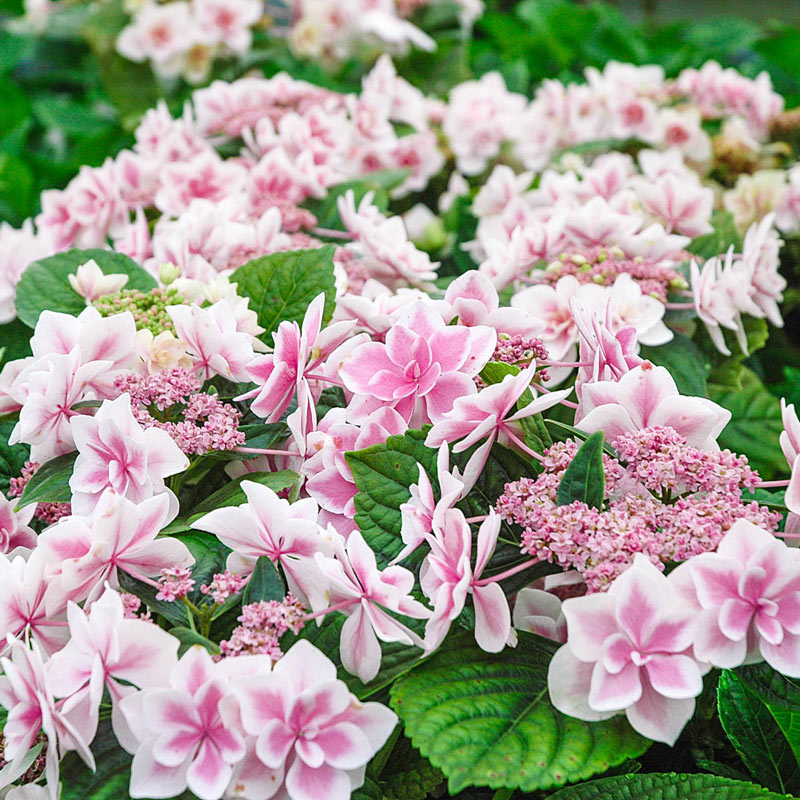

Some newer cultivars have been selected that flower on both old and new wood. low temperatures, sudden wide temperature fluctuations, icy conditions, late frosts). Regardless of protective measures taken, most bigleaf hydrangeas simply will not bloom (or will bloom poorly) in some years because of a variety of winter occurrences beyond the control of the gardener (e.g. A burlap wrap of stems or circle of chicken wire filled with leaves or straw to 8-12" are time-consuming and visually unattractive landscape options, but can be effective. For added protection, however, plants grown in USDA Zone 5 should be sited in sheltered locations and given additional winter protection, as needed, for the purposes of minimizing the risk of loss of significant numbers of flower buds or possible die-back to the ground in an extremely harsh winter. Best to mulch plants year-round with 3" of shredded bark, peat or compost. Prune out weak or winter-damaged stems in late winter/early spring. If needed, prune immediately after flowering by cutting back flowering stems to a pair of healthy buds. Begin soil treatments well in advance of flowering, as in late autumn or early spring. Add aluminum sulfate to the soil to make the flowers bluer or add lime to the soil to make the flowers pinker. Soil pH affects the flower color of most cultivars except white (blue in highly acidic soils and lilac to pink in slightly acidic to alkaline soils).

#Star gazer hydrangea full#
Tolerates full sun only if grown in consistently moist soils. Unless the frost has been very severe, the shrub will usually return to normal flowering the following year.Best grown in rich, medium moisture, well-drained soils in part shade.

Remove the plastic bag and continue to grow the new plant in a spot with bright indirect light.In about four weeks, roots should become established. Place the planted cutting in a spot that is bright but out of direct sunlight, and periodically check the soil and remoisten when necessary.Plant the cutting in a small pot filled with good quality, peat-based potting mix, and loosely enclose the entire pot in a clear plastic bag.Remove all but the top two leaves, then dip the severed end of the cutting in rooting hormone.Use sharp pruners to sever a 4- to 6 -inch segment of stem from a new growth branch containing flexible, green wood.The Spruce Home Improvement Review Board.


 0 kommentar(er)
0 kommentar(er)
